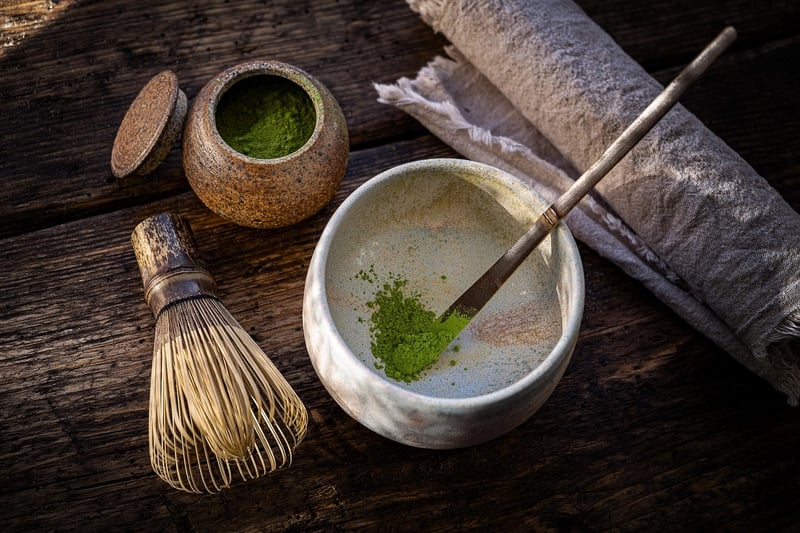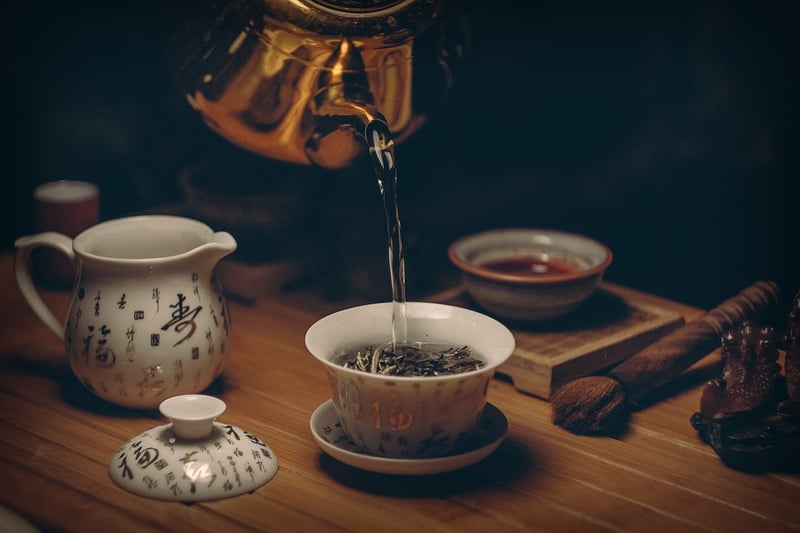Local Traditions
The Art of Traditional Japanese Tea Ceremonies
Japanese tea ceremonies, also known as "chanoyu" or "sado," are a traditional art form that dates back centuries and holds a significant place in Japanese culture. Rooted in Zen Buddhism, the ceremony emphasizes mindfulness, respect, and tranquility. Let's delve into the fascinating world of Japanese tea ceremonies and explore the unique cultural elements and local traditions that make them so special.
The Ritual of Preparation
Central to the tea ceremony is the meticulous preparation of matcha, a powdered green tea. The host, known as the "teishu," performs each step with precision and grace, from cleansing the utensils to whisking the tea in a precise manner. This process symbolizes purity, harmony, and respect for the guests.

Traditional Utensils
Unique utensils are used in the tea ceremony, each with its own significance. The tea bowl, or "chawan," is carefully selected for its shape and glaze, while the bamboo tea scoop, or "chashaku," is used to measure the tea precisely. These utensils are often handcrafted by skilled artisans and passed down through generations.
Guest Etiquette
Guests play an essential role in the tea ceremony and are expected to observe specific etiquette. This includes appreciating the utensils, savoring the tea in a few sips, and engaging in polite conversation with the host. Silence, respect, and mindfulness are key elements of the guest experience.
Seasonal Influences
Japanese tea ceremonies are deeply connected to nature and the changing seasons. The choice of utensils, decorations, and even the sweets served alongside the tea reflect the current season. This attention to seasonal details enhances the overall aesthetic and experience of the ceremony.

Legacy and Continuity
Passing down the art of the tea ceremony from one generation to the next is a cherished tradition in Japan. Families often maintain tea rooms, known as "chashitsu," where ceremonies are held regularly. By preserving these customs and practices, the cultural significance of the tea ceremony endures.
Experience the beauty and tranquility of a Japanese tea ceremony to immerse yourself in this timeless tradition and appreciate the artistry and mindfulness it embodies.
